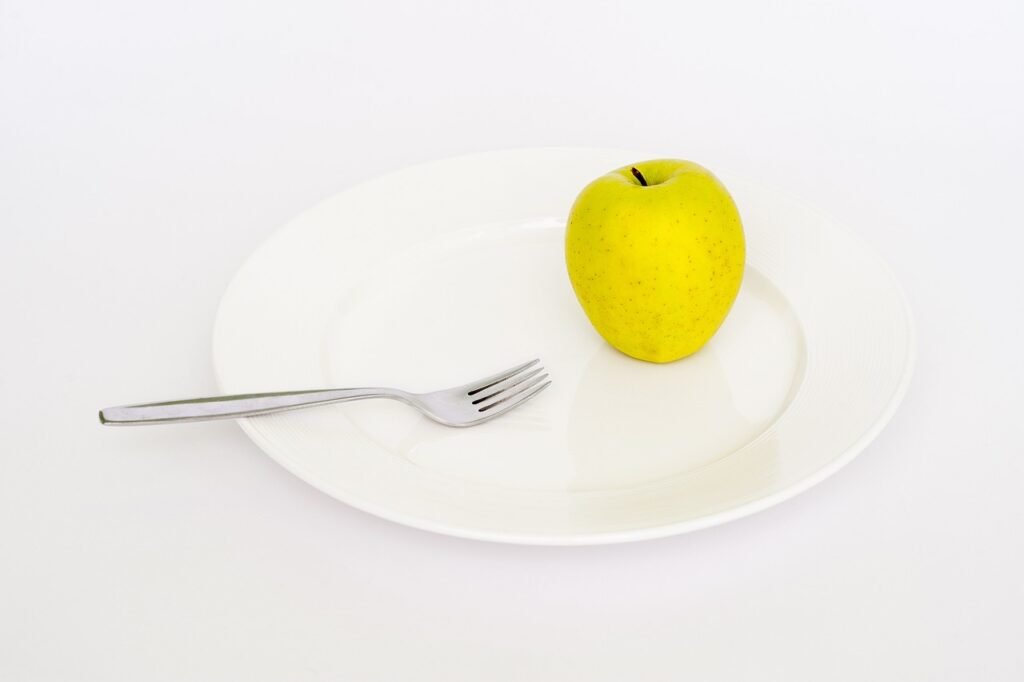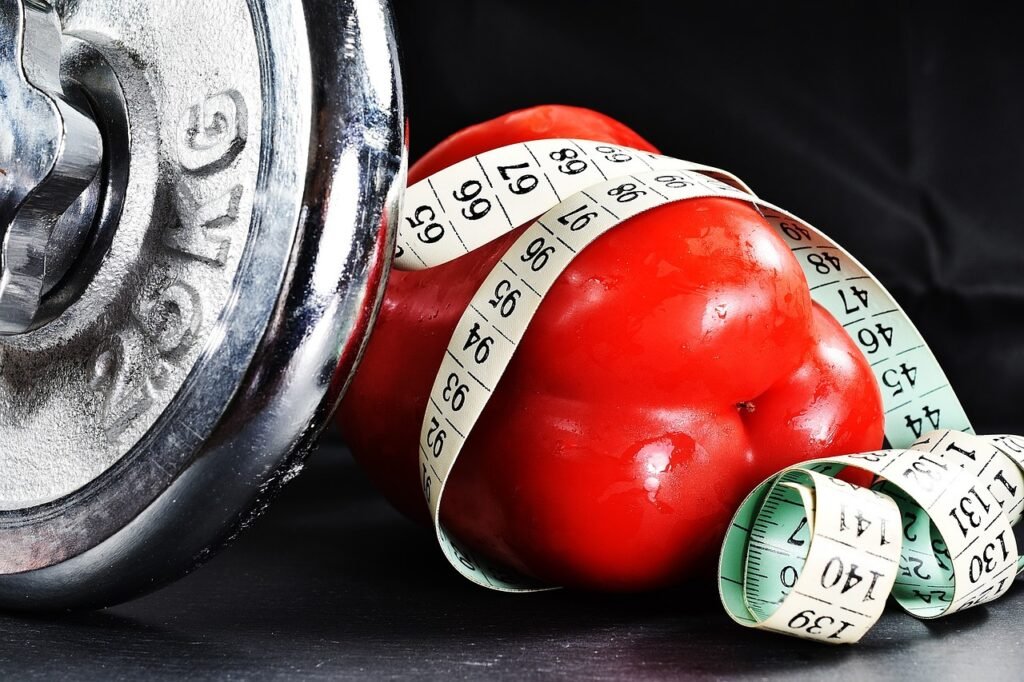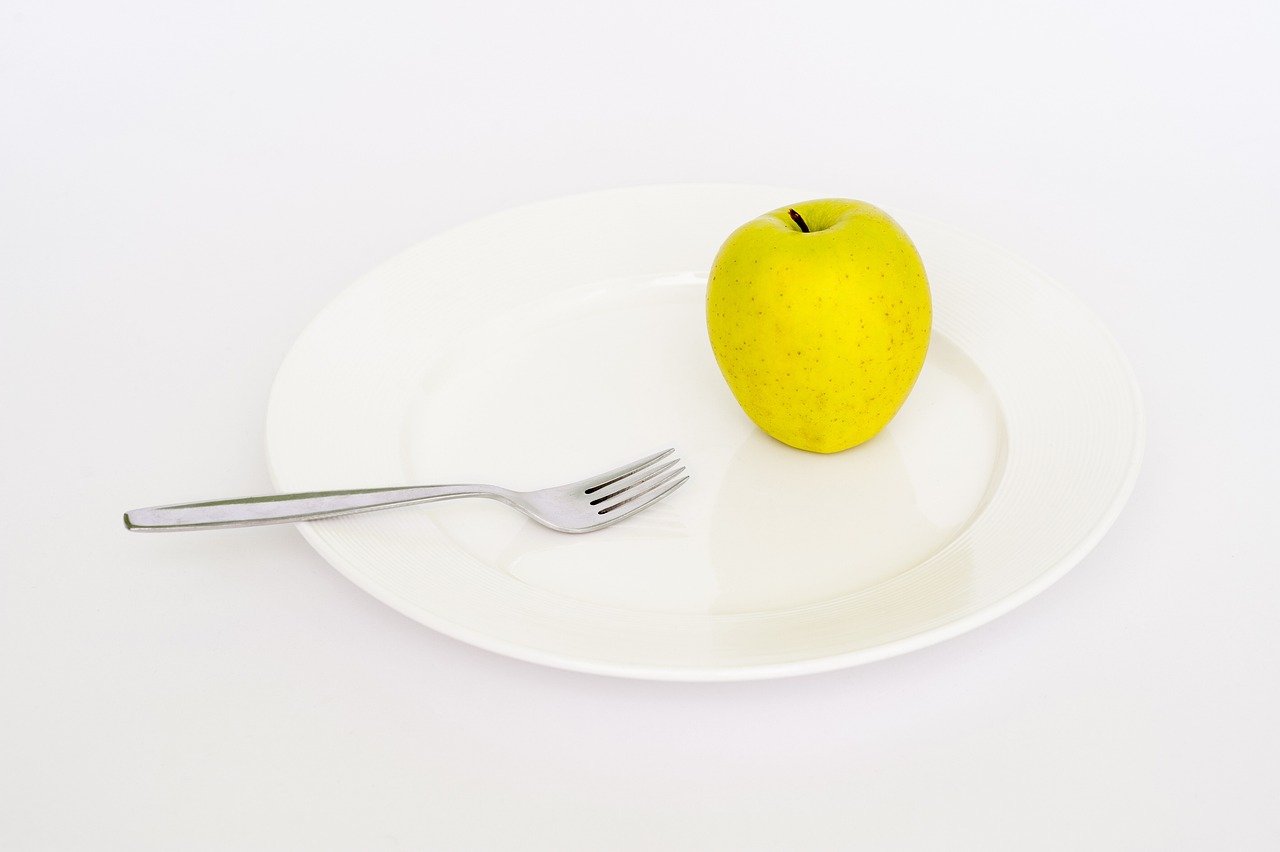The Ultimate Fitness Guide for Weight Loss
Are you looking to shed those extra pounds and achieve your weight loss goals? Look no further! In “The Ultimate Fitness Guide for Weight Loss,” you will discover a comprehensive and practical guide to help you get fit and shed those unwanted pounds. Whether you are a fitness enthusiast or just starting your weight loss journey, this guide is packed with helpful tips, expert advice, and effective workouts to guide you every step of the way. Get ready to transform your body and achieve the healthy and fit lifestyle you’ve always dreamed of!

This image is property of pixabay.com.
Setting Goals
Determining the desired weight loss
When setting weight loss goals, it’s important to have a clear idea of how much weight you want to lose. Take some time to assess your current weight and determine a healthy and realistic goal weight. Keep in mind that losing weight too quickly can be harmful to your health, so aim for a gradual and sustainable approach.
Setting a realistic time frame
It’s important to set a realistic time frame for your weight loss journey. Remember, losing weight takes time and effort. Setting unrealistic expectations can lead to frustration and ultimately give up on your goals. Consult with a healthcare professional or a certified nutritionist to help you set a timeline that aligns with your body’s needs and capabilities.
Creating specific and measurable goals
To effectively track your progress and stay motivated, it’s crucial to create specific and measurable goals. Instead of simply aiming to “lose weight,” set specific goals like “lose 10 pounds in two months” or “fit into a specific dress size by a certain date.” This way, you can track your progress and adjust your efforts accordingly.
Creating a Workout Routine
Choosing the right exercises
Selecting the right exercises is essential for achieving weight loss. Incorporate a combination of cardiovascular exercises, such as jogging, cycling, or swimming, to burn calories and improve your cardiovascular health. Additionally, include strength training exercises like weightlifting or bodyweight exercises to build lean muscle mass and boost your metabolism.
Incorporating cardiovascular activities
Cardiovascular activities are excellent for burning calories and improving overall fitness. Aim for at least 150 minutes of moderate-intensity aerobic exercise or 75 minutes of vigorous-intensity aerobic exercise per week. This can be done through activities like running, dancing, or using cardio machines at the gym. Mix up your routines to keep things interesting and prevent boredom.
Including strength training exercises
Strength training exercises play a crucial role in weight loss. By increasing your muscle mass, you’ll boost your metabolism and burn more calories throughout the day. Include exercises that target all major muscle groups, such as squats, lunges, push-ups, and dumbbell curls. Start with lighter weights and gradually increase as you build strength.
Creating a balanced workout schedule
To maximize weight loss results, it’s important to create a balanced workout schedule. Aim for a combination of cardiovascular exercises, strength training, and flexibility exercises like yoga or stretching. Give yourself ample time to recover between workouts to avoid overtraining and injury. It’s recommended to aim for three to five days of exercise per week.
Monitoring progress and making adjustments
Regularly monitor your progress to stay motivated and make necessary adjustments to your workout routine. Keep track of the exercises you perform, the duration, and the intensity. Consider using a fitness tracking app or a journal to document your progress. This will help you identify what’s working and what may need modification to achieve your weight loss goals.

This image is property of pixabay.com.
Nutrition and Weight Loss
Understanding calorie intake and expenditure
To achieve weight loss, it’s important to understand the concept of calorie intake and expenditure. Calories are units of energy, and weight loss occurs when you consume fewer calories than you burn. To lose weight, create a calorie deficit by eating fewer calories or increasing your physical activity to burn more calories.
Adopting a balanced and healthy diet
Adopting a balanced and healthy diet is crucial for weight loss success. Focus on consuming nutrient-dense foods that provide essential vitamins, minerals, and antioxidants. Include a variety of lean proteins, whole grains, fruits, vegetables, and healthy fats in your meals. Avoid fad diets or extreme restrictions, as they may not provide adequate nutrition and are difficult to sustain.
Managing portion sizes
Controlling portion sizes is essential for weight loss. Be mindful of how much you eat and avoid excessive portions. Use smaller plates or bowls to help control portions visually. Pay attention to your body’s hunger and fullness cues and stop eating when you feel satisfied, not overly stuffed.
Incorporating fruits and vegetables
Fruits and vegetables are low in calories and high in essential nutrients, fiber, and water content. Incorporate a variety of colorful fruits and vegetables into your meals and snacks. They can help you feel full and satisfied while providing important vitamins and minerals.
Limiting processed and sugary foods
Processed and sugary foods are often high in calories, added sugars, and unhealthy fats. These foods provide little nutritional value and can sabotage your weight loss efforts. Limit your intake of foods like sugary drinks, sweets, fried foods, and processed snacks. Opt for whole foods that nourish your body and support weight loss.
Drinking enough water
Drinking enough water is essential for overall health and weight loss. Water helps boost your metabolism, aids in digestion, and can help control cravings and prevent overeating. Aim to drink at least eight glasses of water per day and more if you’re physically active. Carry a water bottle with you to stay hydrated throughout the day.
Creating a Meal Plan
Calculating daily caloric needs
To create an effective meal plan, you need to calculate your daily caloric needs. This involves determining your basal metabolic rate (BMR), which is the number of calories your body needs to function at rest, and factoring in your activity level. There are online calculators and apps available that can help you estimate your daily caloric needs.
Dividing calories between meals and snacks
Divide your daily caloric intake between meals and snacks to ensure a balanced and satisfying meal plan. Aim for three main meals and 1-2 snacks throughout the day. Distribute your calories based on your personal preferences and needs. Consider consulting with a registered dietitian if you need assistance in creating a customized meal plan.
Including a variety of nutrients
Aim to include a variety of nutrients in your meal plan to ensure your body receives all the necessary vitamins, minerals, and macronutrients. Incorporate lean proteins like chicken, fish, tofu, or legumes, whole grains like brown rice or quinoa, and a wide range of fruits and vegetables. Don’t forget about healthy fats from sources like avocado, nuts, and olive oil.
Meal prepping and planning
Meal prepping and planning can be a game-changer when it comes to staying on track with your weight loss goals. Take some time each week to plan your meals, create a shopping list, and prep ingredients in advance. This will help prevent impulsive food choices and make healthy eating more convenient and accessible.
Listening to the body’s hunger and fullness cues
It’s important to listen to your body’s hunger and fullness cues when following a meal plan. Eat when you’re hungry and stop eating when you’re full. Pay attention to how different foods make you feel and adjust your meal plan accordingly. Remember, long-term weight loss is about finding balance and nourishing your body, not strict deprivation.

This image is property of pixabay.com.
Tracking Food and Exercise
Using a food diary or mobile app
Tracking your food and exercise can help you stay accountable and understand your habits better. Consider using a food diary or a mobile app that allows you to log your meals, snacks, and exercise. This will help you identify patterns, make more informed food choices, and adjust your routine if necessary.
Logging daily food intake
Logging your daily food intake is an effective way to monitor your calorie intake and ensure you’re staying on track with your meal plan. Write down everything you eat and drink throughout the day, including portion sizes. This will help you identify areas where you may need to make changes and provide a clear picture of your nutritional habits.
Recording exercise activities and duration
Recording your exercise activities and duration is equally important as tracking your food intake. This will help you assess how much physical activity you’re getting and identify areas for improvement. Include details such as the type of exercise, duration, and intensity level to create a comprehensive overview of your fitness routine.
Tracking progress and making adjustments
Regularly track your progress to assess how your efforts are paying off. Monitor changes in your weight, body measurements, and fitness levels. Take note of how your clothes fit and how you feel overall. If you’re not seeing the desired results, consider making adjustments to your meal plan, exercise routine, or seeking guidance from a professional.
Seeking professional guidance if needed
If you feel overwhelmed or unsure about creating a tracking system for your food and exercise, don’t hesitate to seek guidance from a registered dietitian or a personal trainer. These professionals can provide personalized advice and support to help you achieve your weight loss goals effectively and safely.
Staying Motivated
Finding internal motivation
Staying motivated throughout your weight loss journey requires finding internal motivation. Reflect on your reasons for wanting to lose weight and how it will positively impact your life. These can include better health, increased confidence, or improved energy levels. Focus on the long-term benefits and remind yourself why you started when you face challenges along the way.
Setting small achievable goals
Setting small achievable goals allows you to celebrate frequent victories and maintain momentum. Break down your weight loss journey into smaller milestones or weekly goals that are within reach. Take pride in accomplishing them, and use the excitement of success to propel you forward toward your larger goals.
Rewarding progress and accomplishments
Rewarding yourself for progress and accomplishments can be a powerful motivator. Treat yourself to non-food rewards like a relaxing spa day, new workout gear, or a massage after achieving a specific milestone. Acknowledging your hard work and dedication will boost your self-confidence and keep you excited about reaching the next goal.
Seeking support from friends or a fitness community
Engaging with a support system can provide you with the encouragement and accountability you need to stay motivated. Share your weight loss goals with friends or join a fitness community to surround yourself with like-minded individuals. Having a support network to lean on during challenging times can make all the difference in staying on track.
Trying new activities to stay engaged
Monotony can be the enemy of motivation. Keep your fitness routine exciting by trying new activities and workouts. Experiment with different fitness classes, outdoor activities, or sports to keep yourself engaged and motivated. Variety not only keeps things interesting but also challenges your body in different ways, enhancing your overall fitness levels.
Maintaining Consistency
Establishing a regular workout schedule
Consistency is key to achieving and maintaining weight loss. Establish a regular workout schedule that works for you and stick to it. Make exercise a non-negotiable part of your routine, just like brushing your teeth or taking a shower. Prioritize your workouts and treat them as important appointments with yourself.
Planning workouts in advance
Prepare for success by planning your workouts in advance. Set specific days and times for your exercise sessions and put them in your calendar. This way, you can ensure that you have enough time and avoid scheduling conflicts. By planning ahead, you’ll eliminate excuses and make it easier to stay consistent.
Finding alternate options during busy periods
Life can get hectic, and sometimes it becomes challenging to stick to your regular workout routine. During busy periods, find alternate options to stay active. Consider shorter, high-intensity workouts, quick home workouts, or incorporating physical activity into your daily routine. Even a 15-minute walk or a few sets of bodyweight exercises can make a difference.
Prioritizing exercise and self-care
Make exercise and self-care a priority in your life. Take care of your physical and mental well-being by dedicating time to move your body and relax. Remember that taking care of yourself is not selfish—it allows you to show up better for others and be the best version of yourself.
Overcoming obstacles and setbacks
Obstacles and setbacks are a normal part of any weight loss journey. Instead of letting them derail your progress, view them as opportunities for growth and learning. When faced with challenges, adjust your plan, seek support, and keep pushing forward. Embrace resilience and know that setbacks are temporary roadblocks on your path to success.
Rest and Recovery
Understanding the importance of rest
Rest and recovery are essential components of a successful fitness journey. Give your body time to rest and repair itself. Overtraining can lead to fatigue, increased risk of injury, and hinder progress. Listen to your body’s signals and take rest days when needed.
Incorporating rest days into the workout routine
Incorporating rest days into your workout routine is crucial for allowing your body to recover. Rest days promote muscle growth, optimize performance, and reduce the risk of overuse injuries. Plan one or two rest days per week to give your body time to heal and recharge.
Following proper sleep hygiene practices
Quality sleep is vital for weight loss and overall well-being. Follow proper sleep hygiene practices to ensure you’re getting enough restful sleep. Establish a regular sleep schedule, create a relaxing bedtime routine, and create a sleep-friendly environment by keeping your bedroom cool, dark, and quiet.
Implementing relaxation techniques
Managing stress is crucial for rest and recovery. Implement relaxation techniques like deep breathing, meditation, or yoga to promote relaxation and reduce stress levels. By incorporating these practices into your routine, you’ll enhance your overall well-being and support your weight loss efforts.
Managing Stress
Identifying sources of stress
Identifying sources of stress is the first step in managing it effectively. Reflect on the different areas of your life that may contribute to stress, such as work, relationships, or financial concerns. Once you identify the sources, you can take steps to address them and minimize their impact on your daily life.
Using exercise to relieve stress
Exercise can be a powerful tool for managing stress. Physical activity releases endorphins, which are natural stress-fighting hormones. Engage in activities you enjoy, such as jogging in nature, dancing, or playing a team sport. Find an exercise routine that allows you to take a break from daily stressors and provides a mental and emotional outlet.
Incorporating stress management techniques
In addition to exercise, incorporate other stress management techniques into your daily routine. These can include deep breathing exercises, journaling, listening to relaxing music, or practicing mindfulness. Experiment with different techniques to find what resonates with you and helps you unwind and reduce stress levels.
Practicing mindfulness and meditation
Mindfulness and meditation are powerful techniques for managing stress and improving overall well-being. By practicing mindfulness, you can train your mind to focus on the present moment and cultivate a sense of calm. Consider incorporating mindfulness or meditation practices into your daily routine to reduce stress and increase self-awareness.
Seeking professional help if needed
If stress becomes overwhelming and starts to impact your daily life, consider seeking professional help. A therapist or counselor can provide guidance and support in managing stress and developing effective coping strategies. Remember, seeking help is a sign of strength, and it can significantly benefit your mental and emotional well-being.
Tracking Progress and Celebrating Success
Measuring weight and body measurements
Measuring your weight and body measurements is an effective way to track your progress over time. Use a reliable scale to weigh yourself consistently, and consider measuring body circumferences like waist, hips, and thighs. Remember that weight is just one aspect of progress, so don’t solely rely on the scale. Focus on how you feel and how your clothes fit as well.
Monitoring changes in fitness levels
In addition to tracking physical changes, monitor changes in your fitness levels. Pay attention to how you perform during workouts, whether it’s increased endurance, strength, or flexibility. Celebrate improvements in your fitness as they indicate progress and overall health improvement.
Recognizing non-scale victories
Non-scale victories are achievements that go beyond the number on the scale. These can include fitting into smaller clothes, having improved energy levels, better sleep, or boosted self-confidence. Recognize and celebrate these victories, as they demonstrate the positive impact your efforts are having on your overall well-being.
Celebrating milestones and achievements
Throughout your weight loss journey, set milestones and celebrate your achievements along the way. Treat yourself to a small reward or indulge in a favorite activity when you reach specific goals. Celebrating milestones not only keeps you motivated but also helps build a positive relationship with yourself and the process of achieving long-term success.
Remember, weight loss is a personal journey, and everyone’s experience may be different. Celebrate your unique progress and be kind to yourself throughout the process. By setting realistic goals, creating an effective workout routine, embracing a healthy diet, tracking your progress, and staying motivated, you’re setting yourself up for success on your weight loss journey. Keep going, and enjoy the positive changes you’ll experience along the way!



